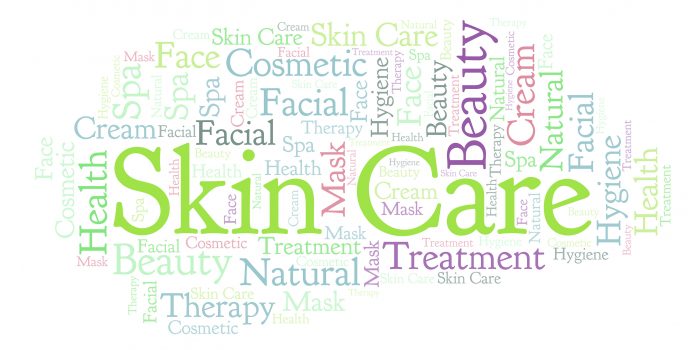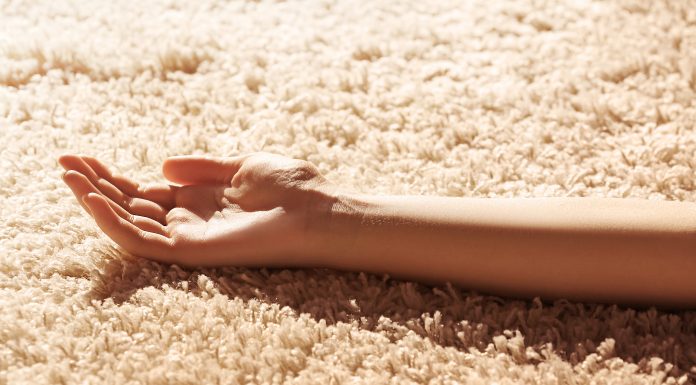Our skin is our largest organ. It protects us from the environment, from bacteria and fungus and other allergens. It helps our body sense touch, pain and temperature. Your skin is a barrier that you can’t live without! Most of us take our skin for granted until it starts to show the signs of aging.
How does your skin age?
As your skin (and you) begin to get older the rate of cell production becomes slower. Collagen and elastin production slow down at the same time. Because of this, your skin begins to lose its elasticity. Eventually this will lead to lines, wrinkles and drooping or loose skin. Several things can hurry the aging along. These include sun exposure, pollution and a poor diet.
There are 3 main stages in aging skin:
- Your mid twenties. This is when your skin first starts to thin. For many, those wrinkles which run from the nose to the corner of the mouth with be visible.
- Your mid forties. Your skin becomes thinner and begins to lose its firmness. Your cheekbones will no longer be as defined as they once were. Most of us have had forehead wrinkles for quite some time but somewhere in your forties those will become more obvious. Crow’s feet also develop at this time.
- Your mid sixties. Your skin now begins to age rapidly. Your facial contours will no longer be as evident as they were a decade ago. Skin becomes looser, thinner and more wrinkled over all. Spots and colored marks may appear on your skin.
Your overall skin tone changes, not just the skin on your face. Many of us will notice what we call age spots. Usually on our hands or legs, the areas which received the most sun over the years. The rate at which our skin ages can differ throughout the population. Genetics do have some part in how and when your skin begins to age and how quickly it ages.
To keep your skin healthy, adopt a lifestyle that involves looking after it. A good diet, no alcohol or smoking, fresh air and exercise. Just like the rest of our body our skin likes to be treated well. Remember your sunscreen and your hat!























